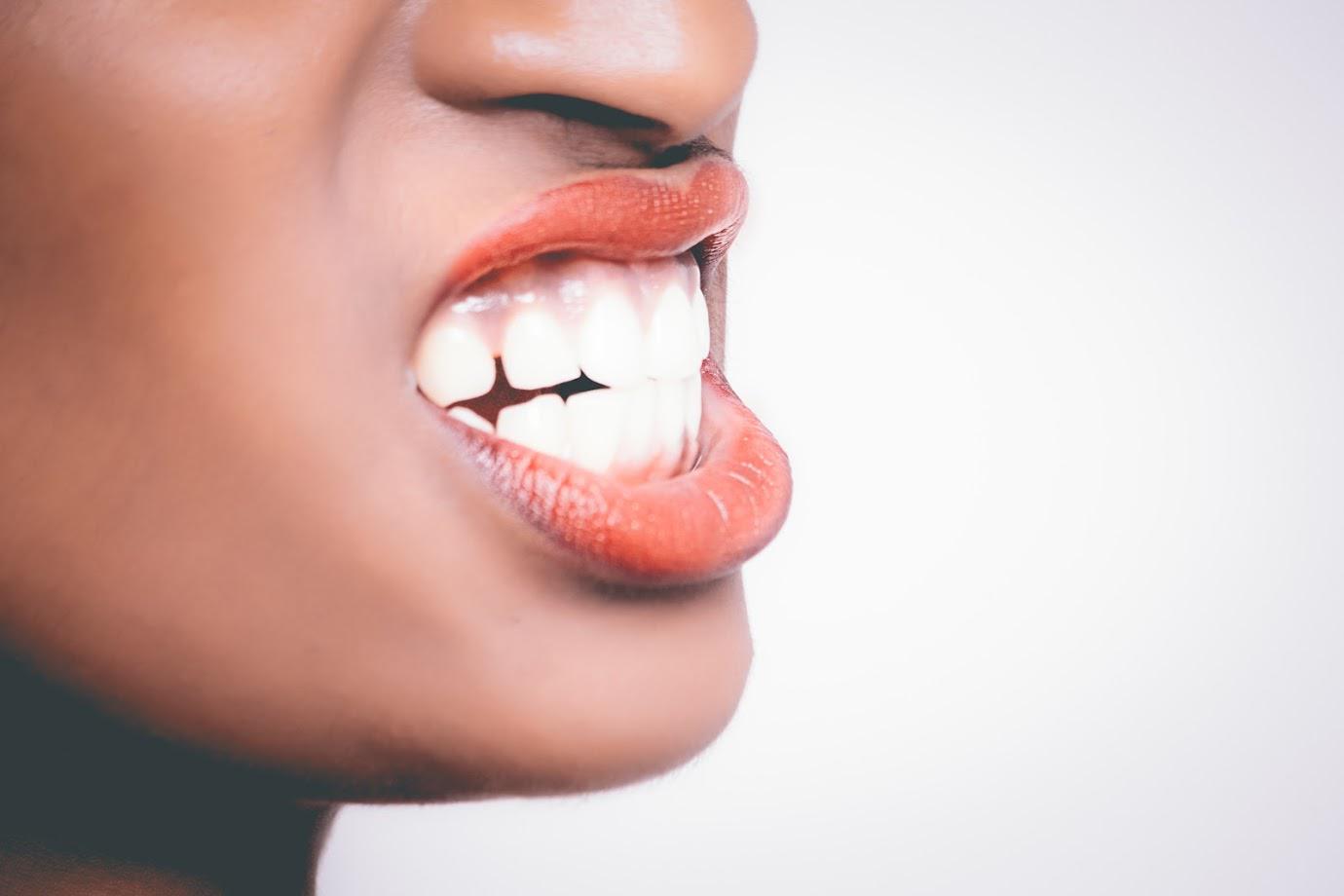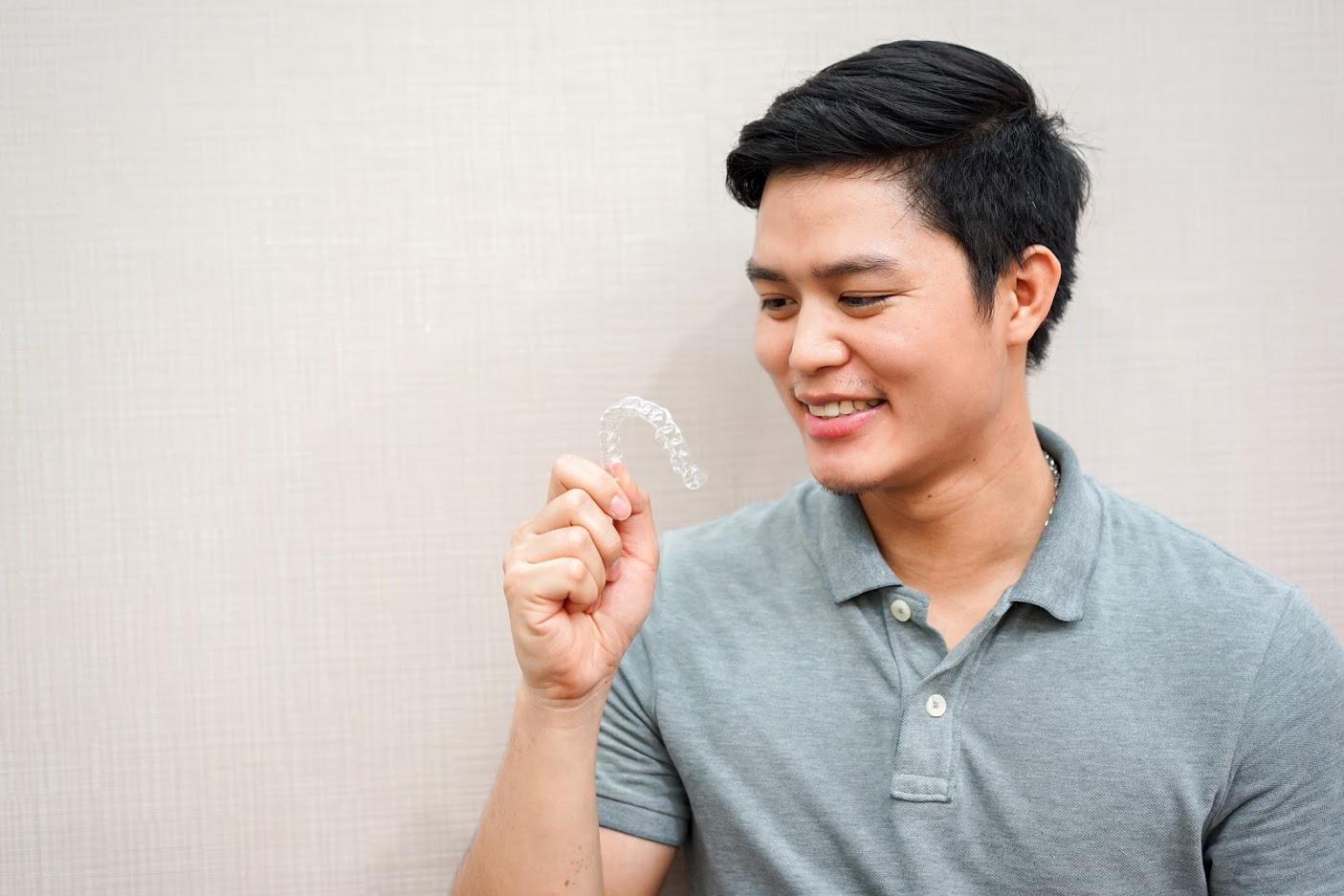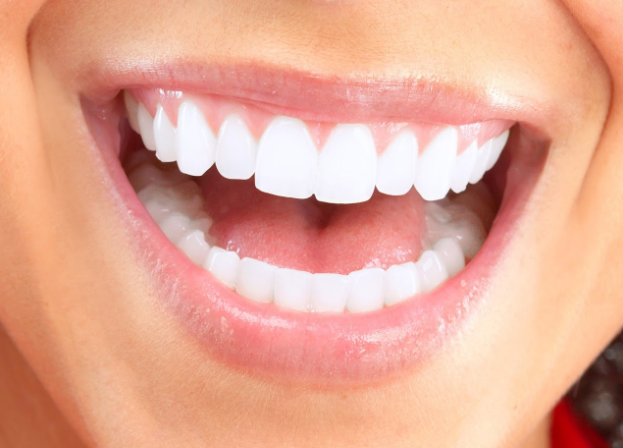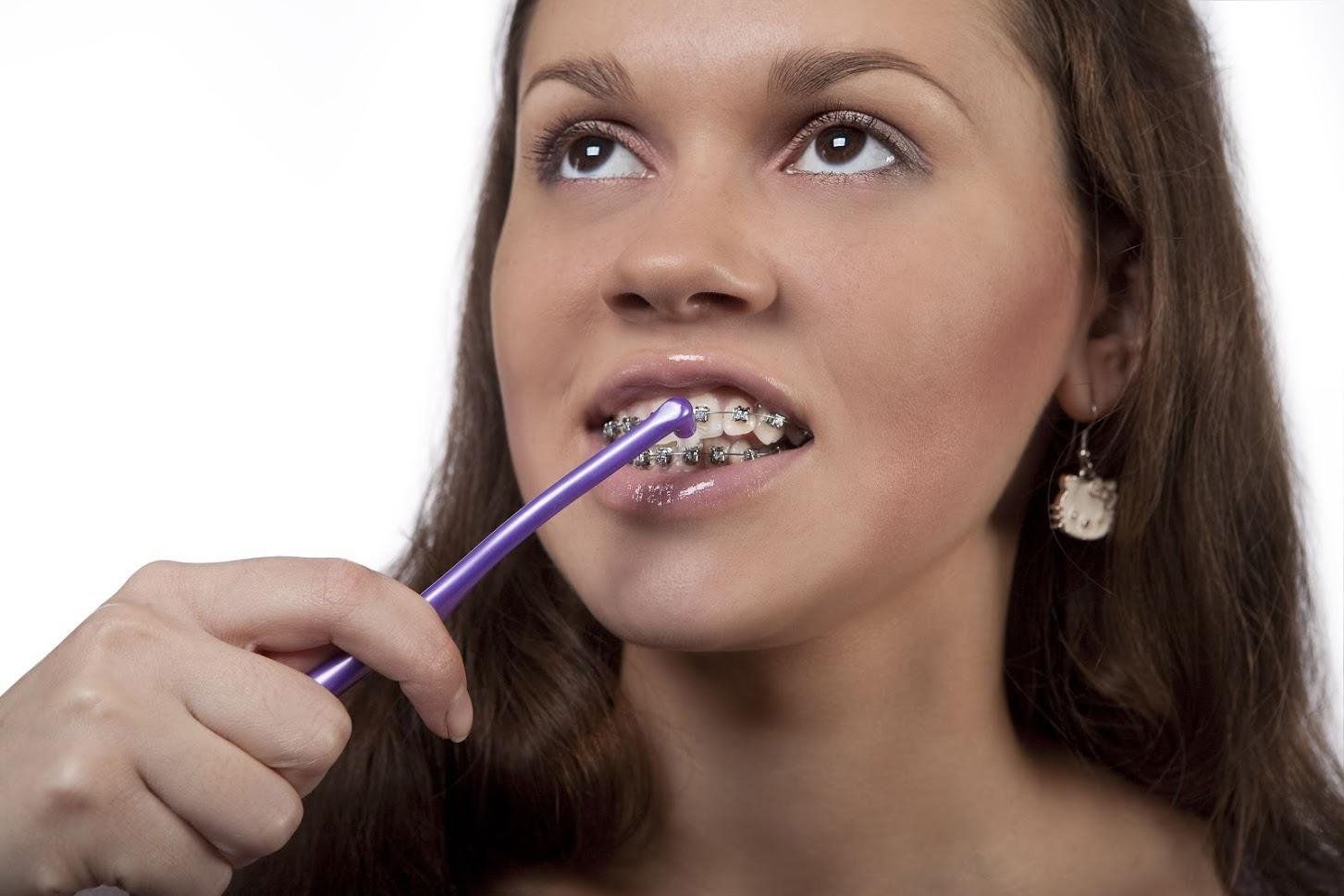Brace Yourself for These 5 Interesting Facts About Braces
- By Admin
- •
- 29 Aug, 2019

You may be disappointed to learn that you need braces. You're probably excited to have a straighter smile at the end of the treatment period, but you may not look forward to inconvenience that comes with braces. To lift your spirits and help assure you that you've made the right decision to get braces, consider these five intriguing facts about these dental appliances.
1. The Ancient Egyptians Used Braces
Straight teeth have been desirable for far longer than Vogue has been on magazine shelves. The braces used by ancient Egyptians were not exactly like the braces orthodontists use today, but the concept was surprisingly similar. They would use strong, stretchy pieces of sheep intestine to tie metal rods around the teeth, slowly pulling the teeth into place. Today's dentists use wire and metal (or ceramic) brackets in a similar manner.
What is stranger about the Egyptian use of braces is who the braces were used on. They were not just used on the living, but also commonly placed on the teeth of the dead as a way to keep the teeth straight in the afterlife.2. Modern Orthodontics Were Invented the 1700s
Thankfully, modern dentistry does not rely on intestines to straighten teeth. In 1728, a French dentist named Pierre Fauchard invented a device best described as a palate expander, which could be used to widen the jaw and make more space for the teeth. In the 1750s, another French dentist named Louis Bourdet experimented with tooth alignment and included a chapter in his book about the topic.
Orthodontics made great improvement in the 1800s, when dentists began to use actual wires and rubber bands to reposition the teeth. And in 1901, the American Society of Orthodontia — later known as the American Association of Orthodontics — was founded to standardize tooth alignment practices in the U.S.
3. You Can Choose From Many Different Types of Braces
The term "braces" probably conjures up mental images of metal brackets and wires, but in fact, you have many different types of braces to choose from.
Invisible aligners are plastic trays that patients can remove during eating and tooth brushing. Lingual braces are braces that are placed on the inside of the teeth, near the tongue. Modern options such as these make braces more wearable and less obvious on the teeth.
4. Most Braces Wires Are Made From Nickel-Titanium
In the industry, this metal is known as NiTi, and it has a few qualities that make it the perfect choice for braces wires, also known as arch wires. NiTi has a property known as superelasticity. This means it can stretch out a bit and spring back into place, which allows it to deliver a constant force — which allows it to move teeth predictably. It is also resistant to corrosion and easy to shape.
5. Braces Won't
Set off a Metal Detector
You may have heard that you can't go through a metal detector wearing braces, or that the metal detector will respond to the braces in your mouth. This is simply a myth. Another advantage of the titanium used to make braces is that it won't set off metal detectors — even the most sensitive ones.
Braces won't make you more apt to get struck by lightening, either. That's another myth. The odds of getting struck are exactly the same whether or not you are wearing a dental appliance.
Now that you know a bit more about the intriguing side of braces, take the time to learn more about how they can help you. Contact Donald. E. Snyder Orthodontics to make an appointment for an evaluation.









